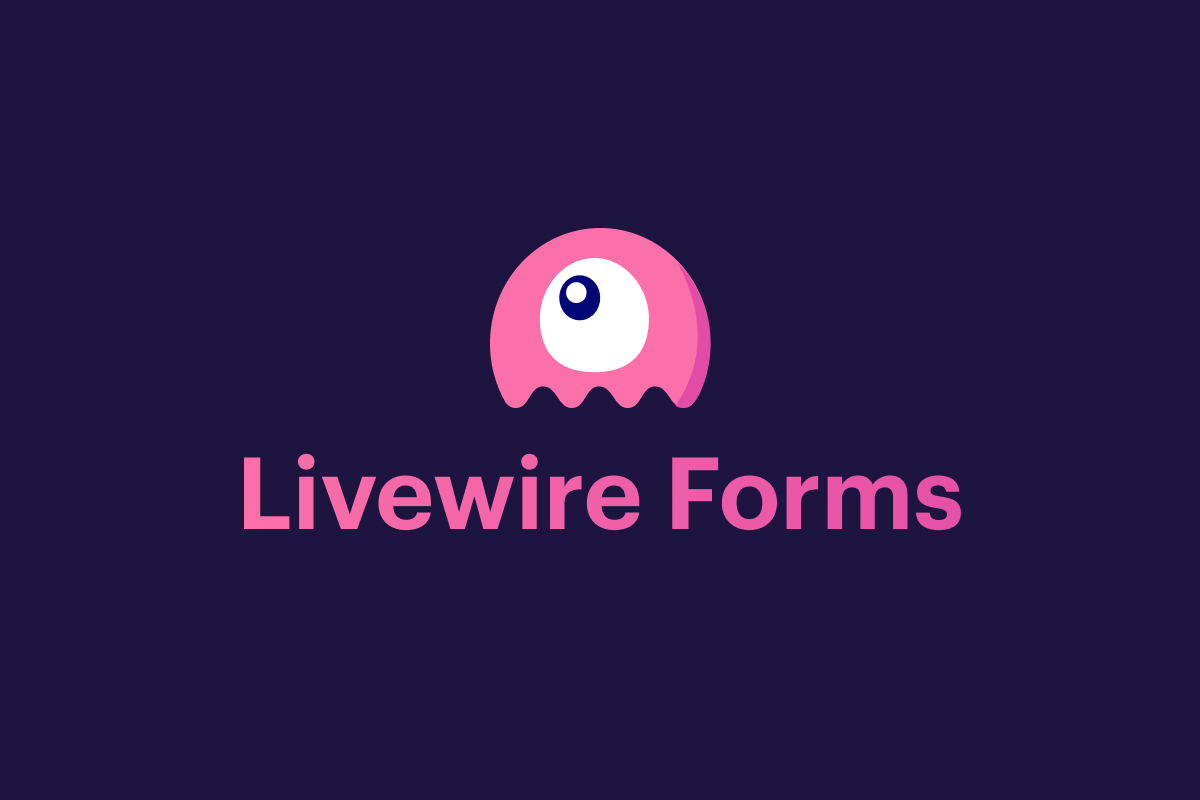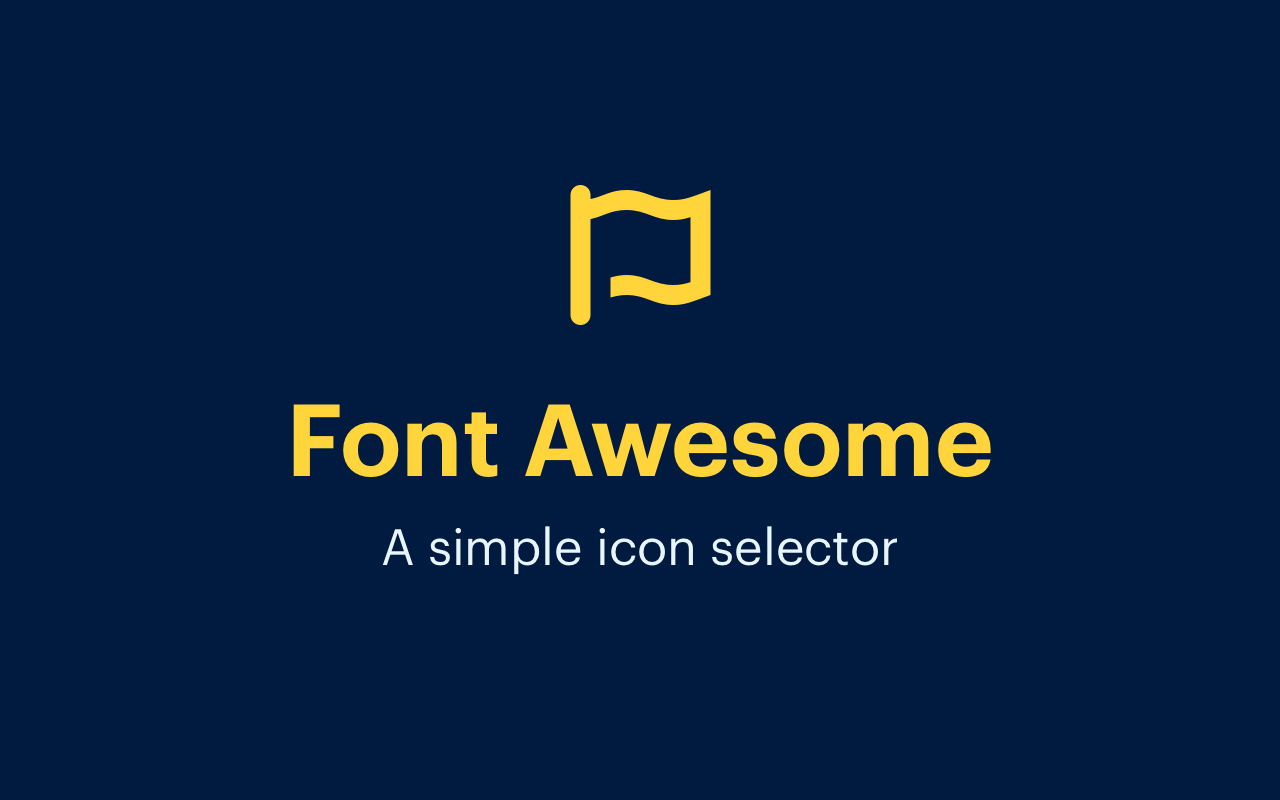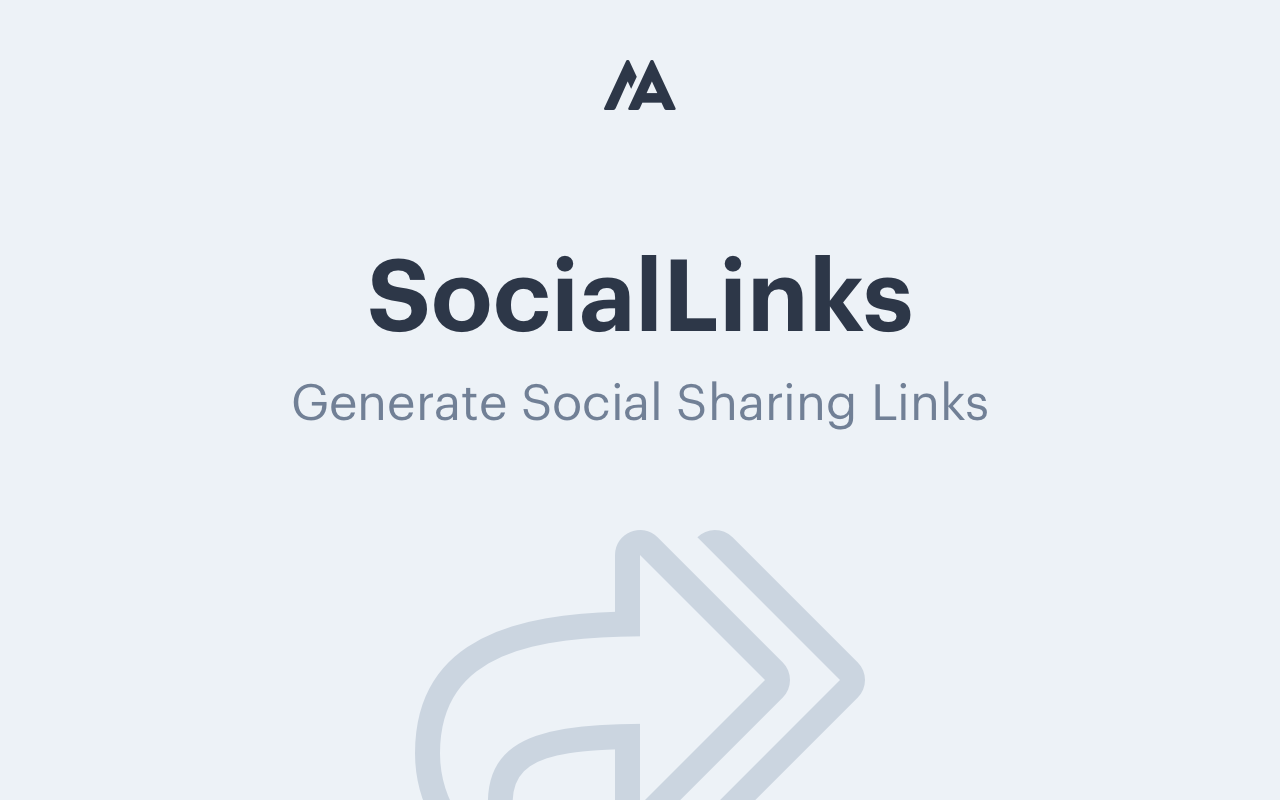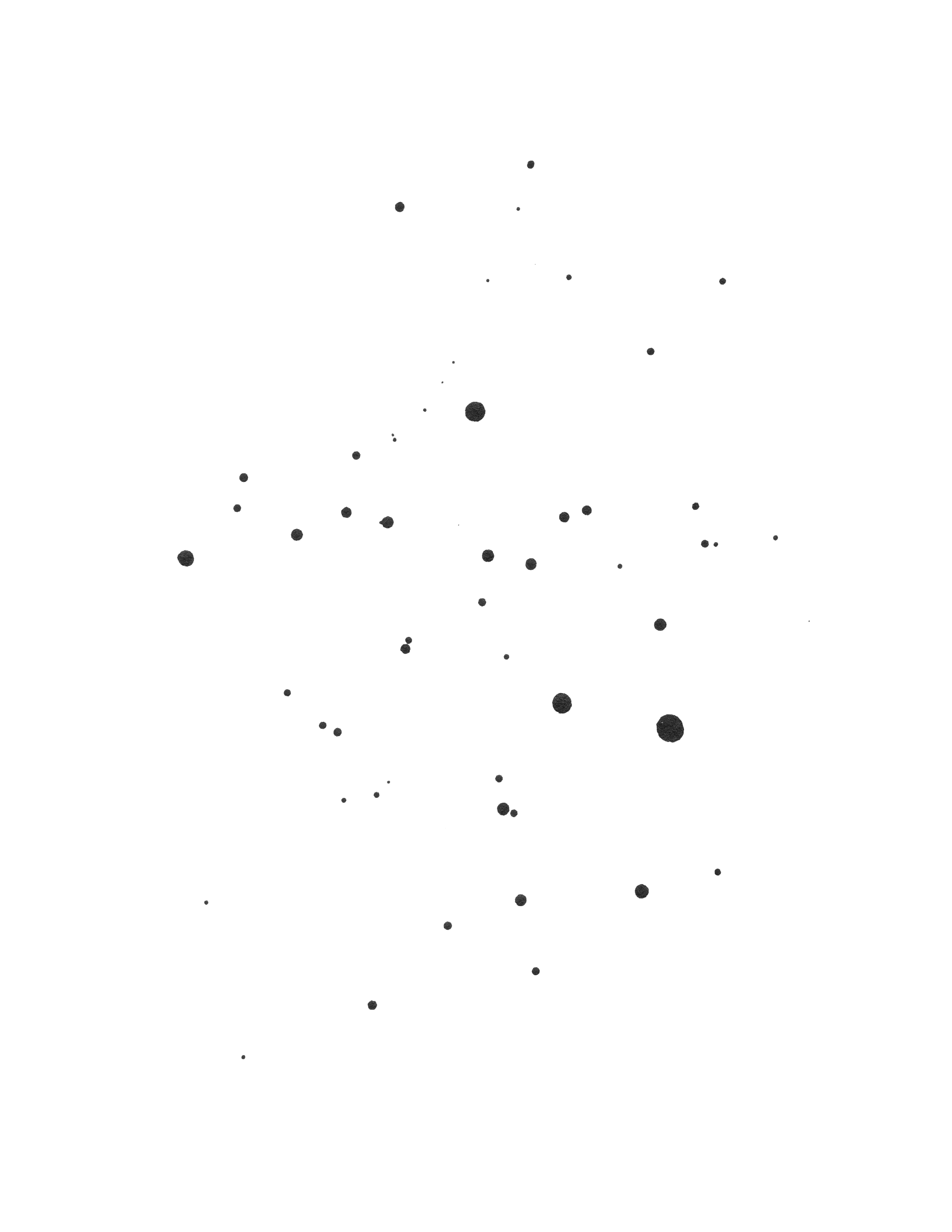Livewire Forms
This addon provides a powerful framework to use Statamic forms with Laravel Livewire. No more submitting your form with AJAX or dealing with funky client-side validation libraries. Livewire Forms is a powerhouse that will make your life soooo much easier!
Features
- Use your Statamic form blueprints as a form builder
- Real-time validation with fine-grained control over each field
- No need for a client-side form validation library
- One source of truth for your validation rules
- Spam protection with Google reCAPTCHA v2 and honeypot field
- Support for display conditions set in your form blueprint
- Multi-site support; translate your form display labels, instructions, placeholders, etc.
- Configured and styled form views
Installation
Install the addon using Composer:
composer require aerni/livewire-formsPublish the config of the package (optional):
php please vendor:publish --tag=livewire-forms-configManually bundling Livewire and Alpine
If you are manually bundling Livewire and Alpine, you will also need to import the Livewire Forms scripts.
Full bundle
The livewire-forms.js script is the full bundle and contains all the forms logic and external libraries like Filepond.
import { Livewire, Alpine } from '../../vendor/livewire/livewire/dist/livewire.esm';import Clipboard from '@ryangjchandler/alpine-clipboard'+ import "../../vendor/aerni/livewire-forms/resources/dist/js/livewire-forms.js";+ import "../../vendor/aerni/livewire-forms/resources/dist/css/livewire-forms.css"; Alpine.plugin(Clipboard) Livewire.start()Individual imports
If you want more control, you may import individual scripts instead. This can be useful if you don't want to use some of the provided integrations like Filepond. At the bare minimum you should import form.js.
import { Livewire, Alpine } from '../../vendor/livewire/livewire/dist/livewire.esm';import Clipboard from '@ryangjchandler/alpine-clipboard'+ import "../../vendor/aerni/livewire-forms/resources/dist/js/form.js";+ import "../../vendor/aerni/livewire-forms/resources/dist/js/filepond.js";+ import "../../vendor/aerni/livewire-forms/resources/dist/css/filepond.css";+ import "../../vendor/aerni/livewire-forms/resources/dist/js/grecaptcha.js"; Livewire.start()Then, add the {{ livewire:styles }} and {{ livewire:scriptConfig }} tags to your layout:
<html> <head> <!-- Antlers --> {{ livewire:styles }} <!-- Blade --> @livewireStyles </head> <body> <!-- Antlers --> {{ livewire:scriptConfig }} <!-- Blade --> @livewireScriptConfig </body></html>Don't forget to remove the @formAssets directive from your form views, as the styles and script are now included in your bundle:
- @formAssetsCommands
There are a number of helpful commands to help you create views, themes and components:
| Command | Description |
|---|---|
livewire-forms:setup |
Step by step wizard to get you started |
livewire-forms:view {name?} |
Create a new Livewire form view |
livewire-forms:theme {name?} |
Create a new Livewire form theme |
livewire-forms:component |
Create a new Livewire form component |
Getting started
Prerequisite
The views of this addon are styled with Tailwind CSS and @tailwindcss/forms. However, you are free to change the views however you please.
Run the setup command
Go ahead and run the livewire-forms:setup command in your console. It will guide you through creating your first view and theme. Optionally, you may also create a component for complete control of your form.
php please livewire-forms:setupRender the form
Add the Livewire form component to your template and provide the handle of the Statamic form.
<!-- Antlers -->{{ livewire:form handle="contact" }} <!-- Blade --><livewire:form handle="contact">You can also dynamically render a form that was selected via Statamic's Form fieldtype:
<!-- Antlers -->{{ livewire:form :handle="field:handle" }} <!-- Blade --><livewire:form :handle="field:handle">Use the view and theme parameters if you want to use a view or theme that is different from the defaults defined in config/livewire-forms.php.
<!-- Antlers -->{{ livewire:form :handle="field:handle" view="contact" theme="regular" }} <!-- Blade --><livewire:form :handle="field:handle" view="contact" theme="regular">Available Properties
| Property | Description |
|---|---|
handle |
The handle of the form you want to use (required) |
view |
The component view you want to use (optional) |
theme |
The theme you want to use (optional) |
redirect |
Redirect the user to this URL after successfull submission (optional) |
Views
Views are the entry point of your forms. You may use the same view for each form.
Creating a view
Use the livewire-forms:view command to create a new view:
php please livewire-forms:viewAutoloading
Views are autoloaded by the handle of a form. In the example below, it will try to load the contact.blade.php view. If it doesn't exist, it will fall back to the default view defined in config/livewire-forms.php.
{{ livewire:form handle="contact" }}Blade Directives
There are a couple of blade directives you may use in your form views. The directives are aware of the form's theme and will render the views accordingly.
| Directive | Description | View |
|---|---|---|
@formSection('handle') |
Render a specific form section, e.g., @formSection('contact_information') |
section.blade.php |
@formField('handle') |
Render a specific form field, e.g., @formField('first_name') |
field.blade.php |
@formView('view') |
Render a specific view of the current theme, e.g., @formView('messages.display') |
Whatever view you provide |
Customization Example
Sometimes you need more control over the markup of your form. Rather than relying on the form's blueprint, you may decide to go fully custom and render individual fields using the @formField directive.
@formField('name')You may also add or override field properties using an array as the second argument.
@formField('name', [ 'display' => 'Your Name', 'tooltip' => 'Please enter your full name'])You can then access the properties in the field's view.
{{ $field->display }}{{ $field->tooltip }}Themes
Themes allow you to fully customize each individual form view. You may have any number of themes.
Creating a theme
Use the livewire-forms:theme command to create a new theme:
php please livewire-forms:themeAutoloading
Themes are autoloaded by the handle of a form. In the example below, it will try to load the views of the contact theme. If the theme doesn't exist, it will fall back to the default theme defined in config/livewire-forms.php. If a single view of the selected theme doesn't exist, it will fall back to the default theme for that particular view.
{{ livewire:form handle="contact" }}Good to know: Future releases of this addon will likely introduce breaking changes to your views. In that case, you will have to manually update your views according to the changes.
Field Views
By default, each field will load the view by its type. For example, a subscription field of type: radio will load the radio.blade.php view.
Sometimes you may want to load a different view for a given field, like a fancy radio button group for selecting a subscription. Field views are autoloaded by the field's handle. In this example, you can simply create a subscription.blade.php view under the theme's fields folder to autoload your custom view.
You may manually override a field's view by adding view: {the_name_of_the_view} to the field's config in the blueprint.
Components
Sometimes, you need more control over your form. For instance, if you want to dynamically populate a select field's options. There are a couple of concepts that help you customize your form experience.
Creating a component
Get started by creating a new component. The following example will create a new form component in app/Livewire/ContactForm.php
php please livewire-forms:component ContactFormAutoloading
Custom components are autoloaded by matching the class name with the form's handle. In the example below, it will try to load the App\Livewire\ContactForm.php component. If this component doesn't exist, it will fall back to the default form component.
<!-- Antlers -->{{ livewire:form handle="contact" }} <!-- Blade --><livewire:form handle="contact">Note: For the autoloading magic to work, the component's name needs to end with
Form, e.g.,ContactForm.php.
Explicit Loading
You can also explicitly load a custom component by name like you would with any other Livewire component. This is necessary if you need to pass additional custom properties to the component.
<!-- Antlers -->{{ livewire:contact-form my-custom-prop="value" }} <!-- Blade --><livewire:contact-form my-custom-prop="value">Field Models
Each Statamic fieldtype is mapped to a Livewire Forms field model. Models are responsible for generating a field's properties like view, display, instructions, options, and so on. You can find the default mappings in config/livewire-forms.php.
For instance, all the fields of type \Statamic\Fieldtypes\Select::class are bound to the \Aerni\LivewireForms\Fields\Select::class model. A field property is created for each model method ending with Property, e.g. optionsProperty() will generate an options property.
To change a field's default model, simply change the binding in the models property in your component:
protected array $models = [ \Statamic\Fieldtypes\Select::class => \App\Fields\Select::class,];If you want to change a model for a specific field only, simply use the field's handle as the key instead:
protected array $models = [ 'products' => \App\Fields\SelectProduct::class,];Tip: You may change the default bindings in
config/livewire-forms.php. If you have a fieldtype that's not supported by this addon, simply create a new model and add the binding to the config.
Hooks
There are a couple of hooks that let you modify fields and submission data at various lifecycle steps.
Mounted Fields
Use this hook to modify the fields after they are mounted.
public function mountedFields(Collection $fields): void{ $fields->get('name')->display('Your name');}Form Submitted
Use this hook to modify the form submission before it is processed by Statamic.
public function formSubmitted(Submission $submission): void{ $title = $submission->augmentedValue('entry')->value()->title; $submission->set('entry_title', $title);}Events
This addon dispatches the following Events.
Form Submitted
The form-submitted Livewire and FormSubmitted Statamic event is dispatched right after the Form Submitted hook. You can listen to this event as follows.
Livewire
@script @endscriptStatamic
Statamic\Events\FormSubmitted
public function handle(FormSubmitted $event){ $event->submission; // The Submission object}Customization Example
In the following example we want to dynamically generate the options of a select field based on the entries of a Statamic collection. We also want to change the view of the field because the design needs to be different to a regular select field. There are two ways to achieve our task. We can either create a custom field model or use the hydratedFields callback. Choose whichever route feels better to you.
Using a custom field model
We start by creating a new SelectProduct field model class that extends the default Select model class. We then override the optionsProperty method to return our options from a collection. We also assign a different view using the $view class property.
namespace App\Fields; use Aerni\LivewireForms\Fields\Select;use Statamic\Facades\Entry; class SelectProduct extends Select{ protected string $view = 'select_product'; public function optionsProperty(): array { return Entry::whereCollection('products') ->mapWithKeys(fn ($product) => [$product->slug() => $product->get('title')]) ->all(); }}Next, we need to tell the form which field we want to use the SelectProduct model for. In our case, we only want to use the SelectProduct model for the select field with the handle products.
namespace App\Livewire; use Aerni\LivewireForms\Livewire\Form; class ContactForm extends Form{ protected array $models = [ 'products' => \App\Fields\SelectProduct::class, ];}Using the mountedFields hook
Instead of defining a new field model, we can also achieve the same thing using the mountedFields hook.
namespace App\Livewire; use Aerni\LivewireForms\Livewire\Form; class ContactForm extends Form{ public function mountedFields(Collection $fields): void { $options = Entry::whereCollection('products') ->mapWithKeys(fn ($product) => [$product->slug() => $product->get('title')]) ->all(); $fields->get('products') ->options($options) ->view('select_product'); }}Render the component
Lastly, we need to render our new ContactForm component in the template.
<!-- Antlers -->{{ livewire:form handle="contact" }} <!-- Blade --><livewire:form handle="contact">Validation
Validation Rules
You can use any validation rule you want. Simply add it to the field in the form blueprint or use the blueprint builder in the CP.
To validate against the value of another field, you need to get its value like in the following example:
validate: - 'required_if:fields.newsletter.value,true'Real-time Validation
Real-time validation works out of the box by updating the field's value on change event. You may override this behavior by setting the wire_model parameter in the field's config.
tabs: main: display: Main sections: - fields: - handle: email field: type: text wire_model: live.debounce.150ms validate: - required - emailTo use Livewire's default behavior and defer all network requests until the form is submitted, you may set wire_model: defer.
Validation Messages
You can customize the validation messages of your fields by creating a custom form component and using either of the two methods below.
Note: Make sure to add
datain front of the field's handle.
Using the $messages property
protected $messages = [ 'fields.name.value.required' => 'What is your name, darling?',];Using the messages() method
protected function messages(): array{ return [ 'fields.name.value.required' => 'What is your name, darling?', ];}Localization
There are a few default message strings, like the submit button label and success message that you might want to change. You can change the messages globally or on a per-form level.
Globally
Publish the language files and change whatever message you'd like:
php artisan vendor:publish --tag=livewire-forms-translationsPer Form
- Create a file called
livewire-forms.phpfor each of your localizations, e.g.,resources/lang/en/livewire-forms.php. - Create an array with the handle of each form for which you want to change a message for.
- Use the same keys that are used in the global language files. Note, that the messages in this file will take precedence over the messages in the global language file.
return [ 'contact' => [ 'submit_button_label' => 'Contact now', 'success_message' => 'Thanks for contacting us. We will be in touch.', 'error_message' => 'There was an error with your submission:|There were :count errors with your submission:', ], 'newsletter' => [ 'submit_button_label' => 'Signup now', ], ];Translating sections and fields
You can translate your field display labels, instructions, options, and placeholders using JSON files. Create a translation file for each language, e.g. resources/lang/de.json.
Example
Form Blueprint
tabs: main: display: Main sections: - display: Subscription instructions: 'Choose your subscription below' fields: - handle: subscription field: display: Subscription placeholder: 'Which subscription do you want?'Translation File
{ "Subscription": "Abo", "Choose your subscription below": "Wähle dein Abo", "Which subscription do you want?": "Welches Abo möchtest du?",}Captcha Fieldtype
This addon comes with a Captcha fieldtype that lets you add a Google reCAPTCHA v2 (checkbox) captcha to your form. The Captcha fieldtype is available in the form blueprint builder like any other fieldtype.
Note: Make sure to add your captcha key and secret in your
.envfile.
License
Livewire Forms is commercial software but has an open-source codebase. If you want to use it in production, you'll need to buy a license from the Statamic Marketplace.
Livewire Forms is NOT free software.
Credits
Developed by Michael Aerni





